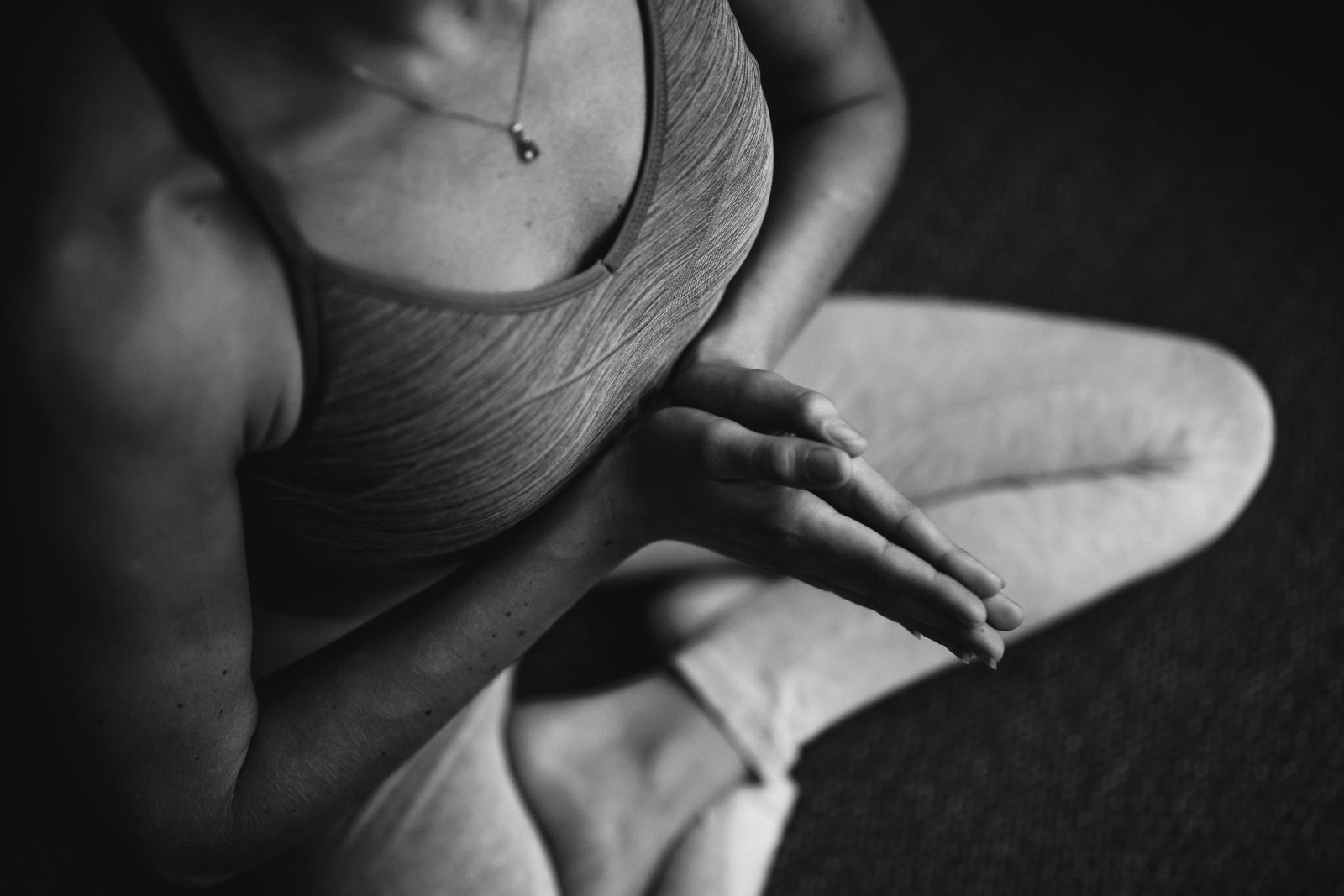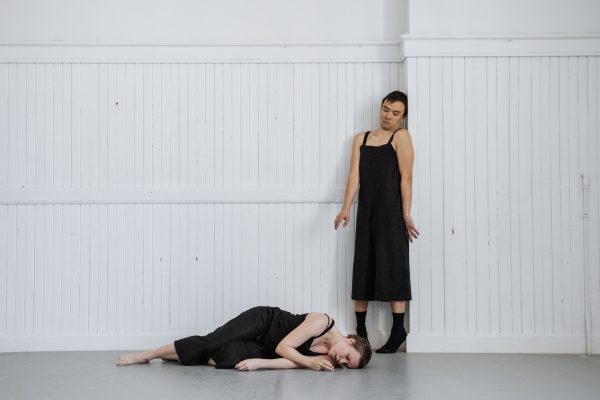As a mover, you likely have heard of yoga and probably have tried “yang” styles – which are vigorous, fast-paced practices like vinyasa, power and Ashtanga. The opposite style, called yin yoga, has a subtler way of providing benefits for the mind and body.
Now, imagine yourself gracefully moving through sand; you’re in a meditative state and it leaves you feeling lighter in your body and mind. Like you’re floating on a cloud!
Yin yoga is a slow-flow practice that is commonly composed of a few poses held between three to five minutes. It uses props, bolsters and yoga blocks for added support. At first glance, it may seem slow and irrelevant for us movers, who learn by doing and repetition, but the benefits are more powerful than you think.
Moving slower allows us to be more present and tap into our body’s innate wisdom to guide us towards healing. The impactful psychological benefit is that suppressed emotions, thoughts and feelings surface and are released from our bodies.
Based on Taoist principles of yin and yang, opposite and complementary “qi” (or as I like to call it, “spiritual energies”) are believed to run through meridians, or pathways, in networks all across our bodies. Yin is understood as stable, immobile and cold, and yang as changing, mobile and active. We see this in movers, since our yang is the output of energy, and we expend energy in rehearsals and when taking classes. Movers often lack yin input, and this is the space where dance injuries start to occur. Yin yoga focuses on releasing deep connective tissues including the ligaments, joints, bones and deep fascial networks through a slow, cooling practice.
Connective tissues are like the plastic wrap of your skeletal muscles. When under-stretched, they will be less elastic and can lead to stiffness and achy joints. By gently stretching them out with a slow flow, you can greatly improve your flexibility, and your nervous system will be less likely to reflexively “guard” or tighten up again. Performance levels will also improve since this gentle practice also improves blood circulation and muscle recovery.
More importantly, yin yoga balances the central nervous system and effectively helps reduce stress levels. It does this by stimulating the parasympathetic nervous system rather than the sympathetic nervous system; the first calms your body down and slows down your heart rate, while the second is responsible for fight-or-flight. No more need to feel fatigued or live in constant fear of being injured!
When we’re in more static “asanas,” or poses, we tend to focus more on deep breathing using the diaphragm, our primary but mostly forgotten breathing muscle. I also call this “belly breathing.” In today’s fast-paced society in which we have to be constantly engaged, our breathing tends to shorten and we use secondary breathing muscles (or do more “chest breathing”), which results in chronic neck and upper shoulder strain as well as pain.
Practising yin yoga can offer balance and help round out the full capacities of our bodies, physically and mentally. It is also a fantastic way to ease into a meditation practice since it encourages more internal awareness.
Cultivating healing or yin energy in our systems can help us regulate them better and may help prevent injuries and burnout. Practising yin yoga regularly can help restore the healthy flow of qi in our bodies and has a similar effect to an acupuncture treatment.
My goal as a chiropractor and yoga instructor is to expose communities of movers to the benefits of this wonderful mind-body practice and to see it incorporated into modern dance rehabilitative settings.

This column originally appeared in the Spring 2023 issue and is sponsored by JFu Chiropractic.
Dance Media Group strengthens the dance sector through dialogue. Can you help us sustain national, accessible dance coverage? Your contribution supports writers, illustrators, photographers and dancers as they tell their own stories. Dance Media Group is a charitable non-profit organization publishing The Dance Current in print and online.

Tagged:





